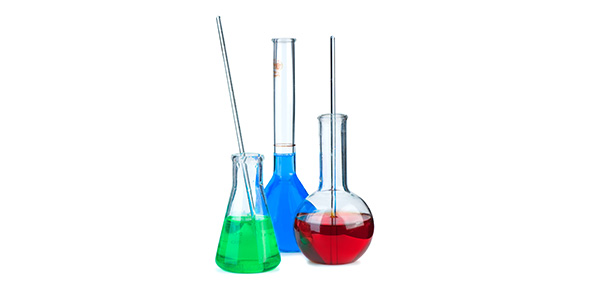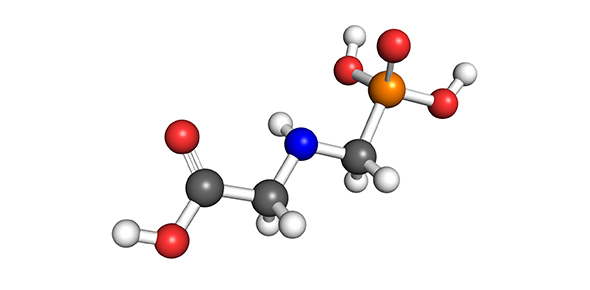Related Flashcards
Cards In This Set
| Front | Back |
|
Extracellular Fluid (ECF)
|
The interstitial fluid, plasma, and other body fluids.
The ionic concentrations and pH of this fluid is as important as its absolute quantities.
|
|
Intracellular Fluid (ICF)
|
The cytosol.
The ionic concentrations and pH (Hydrogen ion concentration) of this fluid is as important as its absolute quantities.
|
|
Fluid Balance
|
Amount of water you gain each day is equal to the amount you lose in the environment.
|
|
Electrolytes
|
Ions released through the dissociation of inorganic compounds.
|
|
Electrolyte balance
|
The gains and losses for every electrolyte are in balance.
|
|
Acid-Base Balance
|
The production of hydrogen ions in your body is precisely offset by their loss.
|
|
Fluid Compartments
|
Examples are the ECF and ICF because they both behave as distinct entities.
|
|
Antidiuretic Hormone (ADH)
|
1. stimulates water conservation in the kidneys and reduces water loss, 2. stimulates the thirst center, prompting intake of fluids.
|
|
Osmoreceptors
|
Cells found in the hypothalamus which monitor the osmotic concentration of the ECF. (Very sensitive to subtle changes).
|
|
Aldosterone
|
Secreted by the adrenal cortex. Has a major role in determining the rate of Na+ absorption and K+ loss along the DCT and collecting system of kidneys.
|
|
Natriuretic Peptides
|
ANP and BNP. Released by cardiac muscle cells b/c of abnormal stretching of heart walls. Causes:elevated blood pressure, increased blood volume.
|
|
Fluid Shift
|
A rapid water movement between the ECF and the ICF in response to an osmotic gradient.
|
|
Dehydration
|
Water depletion. Caused when water losses exceed water gains.
|
|
Overhydration
|
Water excess. Causes: 1 ingestion of large volumes of fresh water, injection of solution, 2 inability to release excess water, 3 endocrine disorders.
|
|
Acidosis
|
When the pH of plasma falls below 7.35.
|






